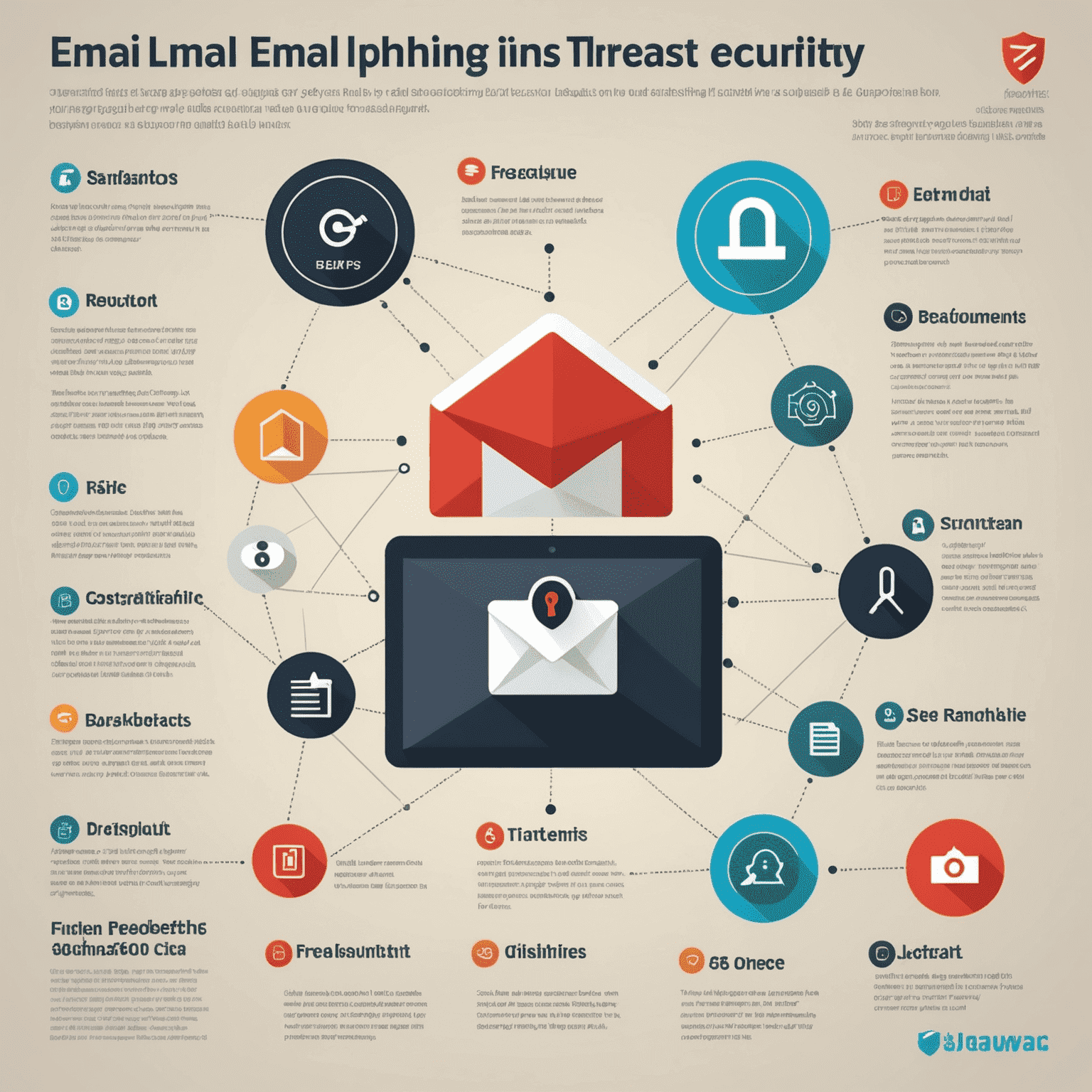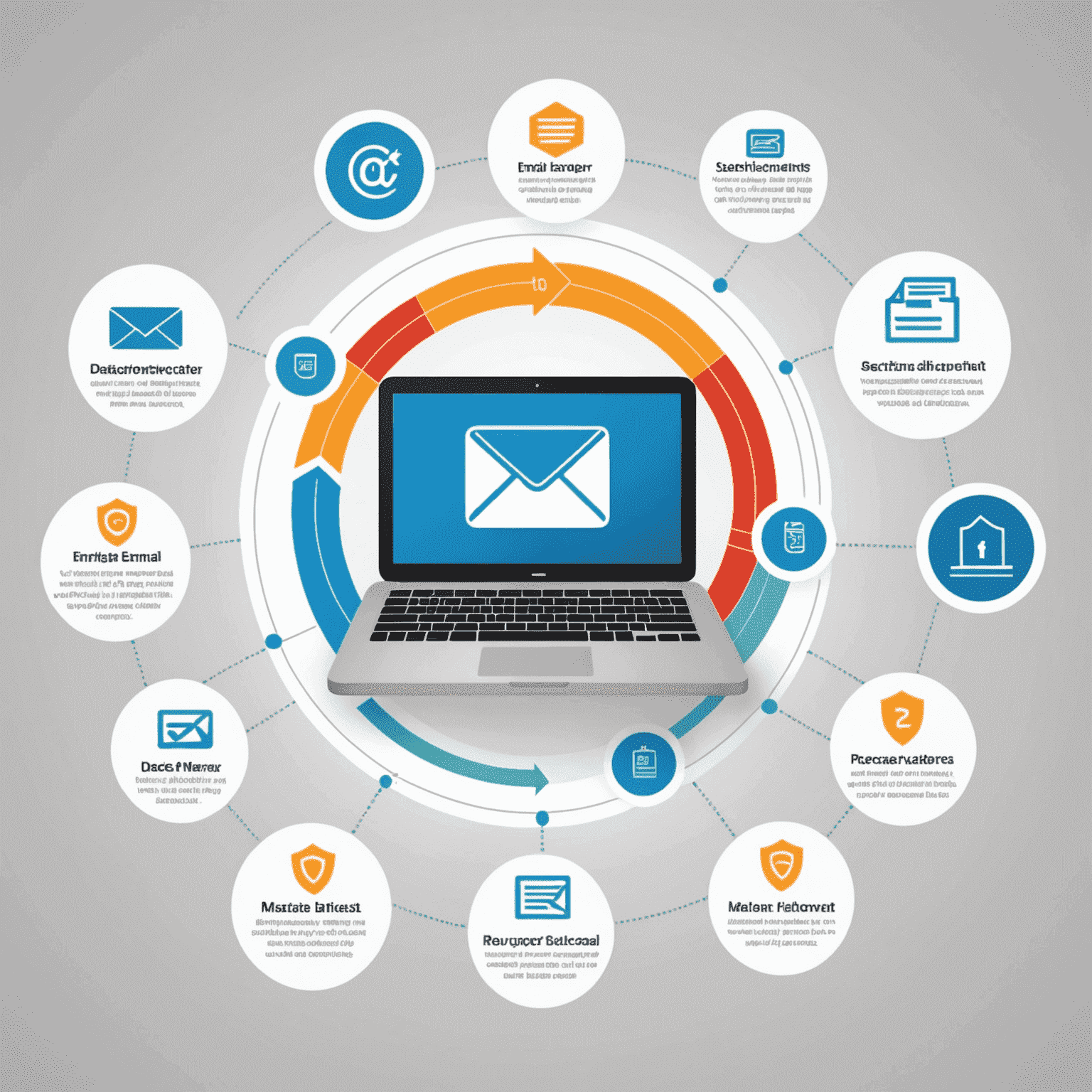Email Security Analysis
In today's digital landscape, ensuring the security of your email communications is paramount. Learn about cutting-edge tools and techniques for checking your email files for potential security threats and vulnerabilities.
Why Email Security Matters
Email remains a primary vector for cyber attacks. Malicious actors often use sophisticated techniques to compromise sensitive information or gain unauthorized access to systems. By implementing robust email security analysis, you can significantly reduce these risks.

Key Tools for Email Security Analysis
- Anti-Malware Scanners: These tools scan email attachments and links for known malware signatures.
- Phishing Detection Program: Advanced algorithms that identify suspicious email patterns and potential phishing attempts.
- Email Authentication Protocols: Implementing SPF, DKIM, and DMARC to verify sender authenticity.
- Content Filtering: Analyzing email content for sensitive information and potential data leaks.
- Sandboxing: Safely executing suspicious attachments in isolated environments to detect malicious behavior.
Best Practices for Email Security
- Regularly update and patch email clients and security programs
- Educate employees on recognizing and reporting suspicious emails
- Implement multi-factor authentication for email accounts
- Encrypt sensitive email communications
- Regularly backup email data to protect against ransomware attacks

The Future of Email Security
As cyber threats evolve, so do the technologies to combat them. Artificial Intelligence and Machine Learning are increasingly being integrated into email security solutions, offering more sophisticated threat detection and prevention capabilities. These advancements are crucial in staying ahead of emerging risks and ensuring robust protection against complex, multi-vector attacks.
Conclusion
Email security analysis is not just a technical necessity; it's a critical component of overall risk management in our interconnected digital world. By leveraging the right tools and adhering to best practices, organizations can significantly enhance their email security posture, safeguarding sensitive information and maintaining the integrity of their communications.